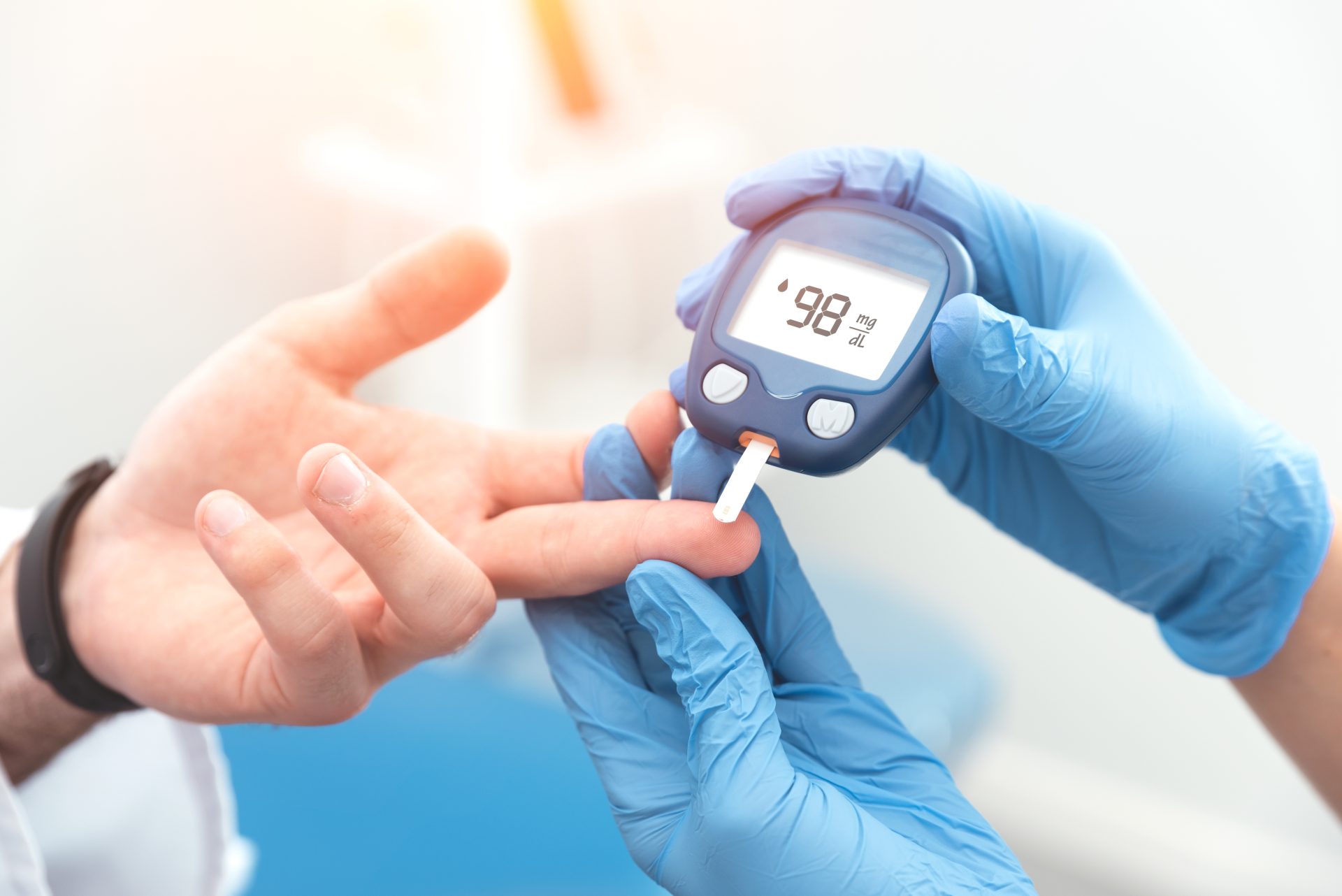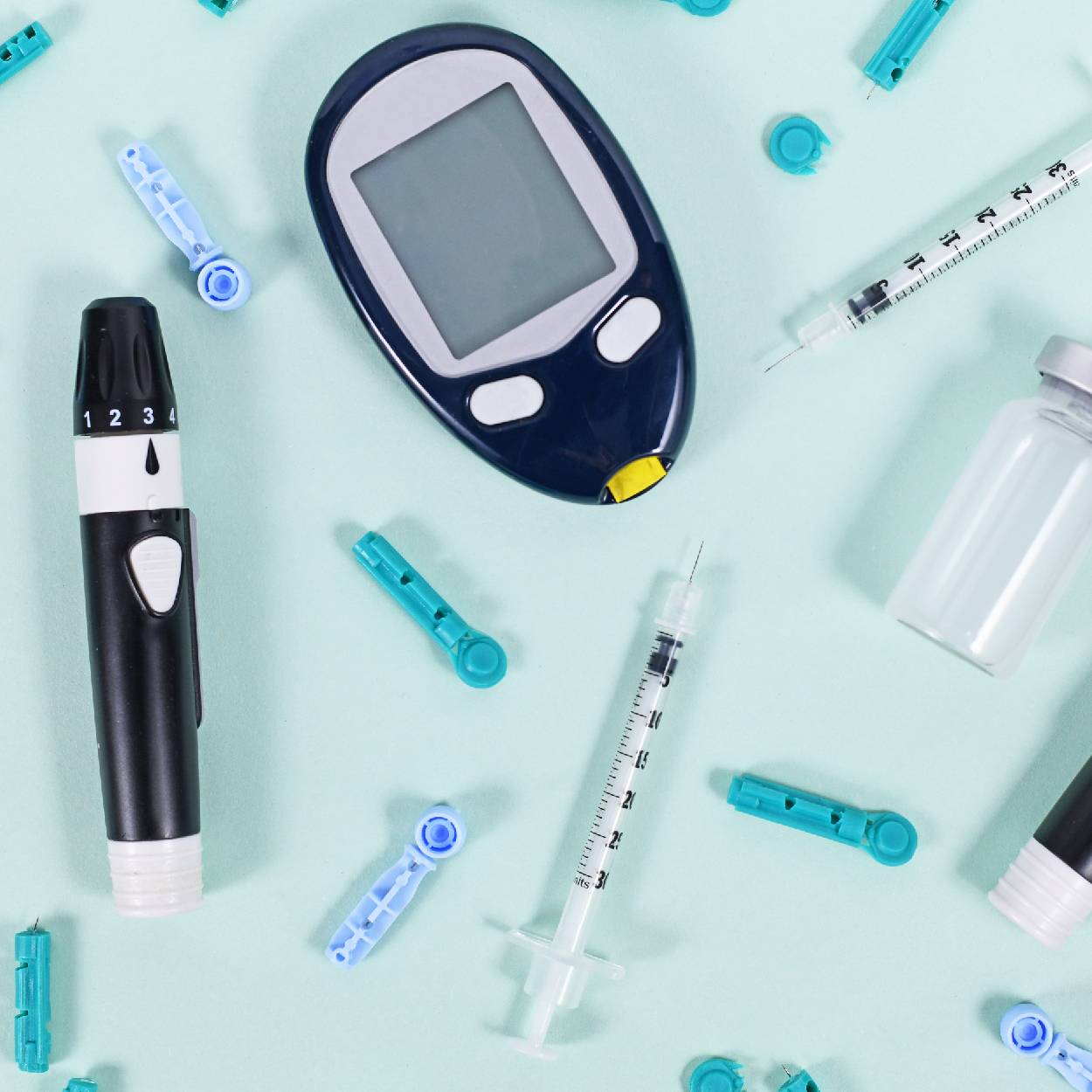The prospects of adding a new inhaled form of insulin to the armament of insulin products was presented at the American Diabetes Association 74th Scientific Session. A government advisory committee, which advises the FDA, recommended approval of this form of insulin that is inhaled rather than injected. After the recommendation of the advisory board, the FDA approved Afrezza to improve glycemic control in adult patients with diabetes. Afrezza, developed by the MannKind Corporation, could lead to a new option for millions of Americans, with both type1 and type 2 diabetes.
The efficacy of Afrezza was reported in several studies. For example, a study that was conducted for 24 weeks in the U.S., Brazil, and Ukraine where Afrezza (n=174) compared with bolus insulin (BI) (n=171) were used in addition to basal insulin in patients with type 1 diabetes whose hemoglobin A1c (A1C) levels was between 7.5%-10%.
The results reported were as follows:
• No difference in Afrezza vs. BI in reducing A1C (-0.21% vs. -0.4%; 95% CI -0.02-0.36);
• Improved fasting plasma glucose (FPG) when using Afrezza vs. BI (95% CI -56.2 to -14.5); and
• Hypoglycemia events were lower with Afrezza vs. BI at all A1C levels (p<0.0001).
In another study, which was a 24-week, double blind study, Afrezza (n=177) was compared vs a placebo (n=176) in patients with type 2 diabetes whose A1C levels were between 7.5-10%. These were used with the addition of metformin or more than two oral anti-diabetes agents.
The results reported were as follows:
• More patients achieved A1C reduction <7% with Afrezza group vs. placebo group (p<0.0021);
• FPG decrease from baseline 11mg/dL with Afrezza group vs. 4mg/dL with placebo group; and
• Severe hypoglycemia not statistically significant Afrezza group vs. placebo group.
What we have learned from the studies:
• The technosphere insulin inhalation powder Afrezza is a non-invasive insulin inhalant that is used to control mealtime glucose excursions in both type 1 and 2 diabetes patients;
• Reduction of A1C levels: Afrezza is comparable to BI, more patients achieve achieving A1C<7% in Afrezza vs. Placebo;
• Improved Fasting Plasma glucose: Afrezza >BI, Afrezza >placebo; and
• Less severe hypoglycemia risk: Afrezza >BI, Afrezza >Placebo.
Part of what makes the introduction of Afrezza more interesting is the fact that this is not the first time an inhaled oral insulin was introduced in the U.S. In 2007, the insulin inhalation product, Exubera, which was marketed by Pfizer was withdrawn from the U.S. market due to the lack of consumer demand for the product. Exubera was a rapid-acting form of human insulin that was inhaled through the mouth. Exhubra was contraindicated for patients who smoked or had recently quit smoking (within the past 6 months). Exubra was also contraindicated in patients with diabetes that had a lung disease such as asthma or chronic obstructive pulmonary disease that was not well controlled with medication or other treatments. Arezza’s contraindications mirror the contraindications posted for Exubra, which may intimidate some providers and patients alike from using the inhalant.The other potential challenge to using Afrezza may be the execution of the inhalation technique. Patients will need to be trained to execute it properly in order to maximize the efficacy of the medicine.
I believe that Afrezza’s inhaler and cartridge, which appear to be smaller in size than the Exubra’s delivery system, will open a new page in the treatment of patients with diabetes.The results from the studies that were presented are very promising. The non-invasive delivery of insulin provided by the technosphere inhalant Afrezza provided effective glycemic control, as well as decreased risk of hypoglycemia. Many of my patients will jump on the opportunity to reduce the number of daily pre-meal injections.
I believe that used with proper technique, Afrezza, has the potential of improving compliance with patients’ medication regimens.
To read more about Afrezza, check out MannKind’s press release here.




